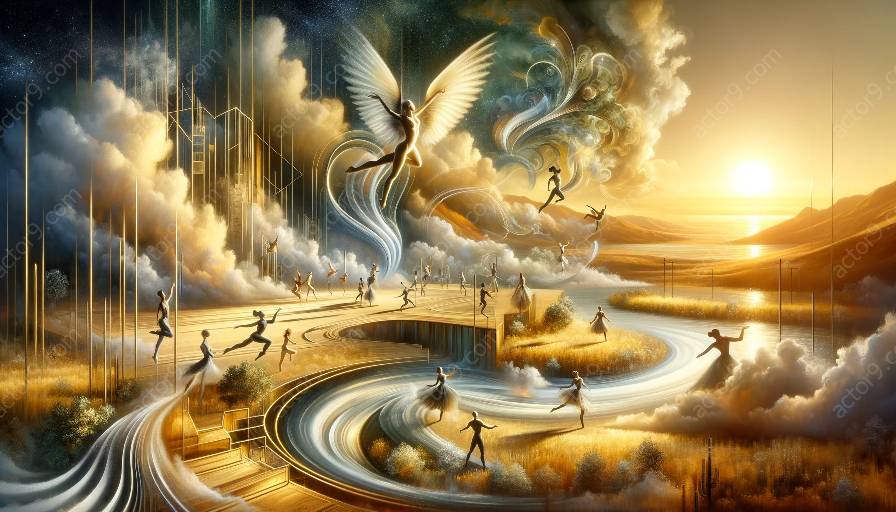Circus arts and physical theatre have a rich history of cross-pollination, with ground-based circus acts serving as a meeting point for these two art forms. This topic cluster delves into the captivating world of ground-based circus acts and explores how they are influenced by physical theatre, creating a captivating and dynamic art form.
The Intersection of Physical Theatre and Circus Arts
Physical theatre and circus arts intersect in the realm of movement, expression, and storytelling. Both art forms thrive on the physicality of performance, with a focus on the body as a tool for storytelling and expression. In the realm of ground-based circus acts, this union is particularly evident, as performers blend stunning acrobatics with theatrical elements to create compelling narratives and visuals.
Physical Theatre: The Art of Expressive Movement
Physical theatre is a form of performance that emphasizes the physical aspect of storytelling. It often combines elements of dance, mime, and acrobatics to convey narratives and emotions without relying heavily on dialogue. The use of expressive movement, body language, and gesture work in harmony to create a powerful and captivating experience for the audience.
The Influence of Physical Theatre on Ground-Based Circus Acts
Ground-based circus acts, such as contortion, hand balancing, and floor acrobatics, draw inspiration from the expressive nature of physical theatre. Performers integrate elements of theatricality, character work, and storytelling into their acts, elevating the overall performance beyond mere physical prowess. By infusing their routines with the principles of physical theatre, circus artists bring depth and dimension to their performances, engaging audiences on an emotional and narrative level.
Captivating Narratives and Visuals
In the realm of ground-based circus acts influenced by physical theatre, performers craft captivating narratives and visuals through their movements. Each act becomes a story told through the language of the body, evoking emotions, and drawing audiences into an immersive experience. By weaving together the techniques of physical theatre and the spectacle of circus arts, these performances transcend mere entertainment and become a form of artistic expression.
Embracing the Dynamic Art Form
As ground-based circus acts continue to be influenced by physical theatre, the art form evolves, embracing new possibilities for creative expression and storytelling. This dynamic intersection enriches both physical theatre and circus arts, providing fertile ground for innovation and exploration in performance arts.
Conclusion
Ground-based circus acts influenced by physical theatre represent a captivating blend of movement, expression, and storytelling. By exploring the intersection of physical theatre and circus arts, we gain insight into a dynamic and evolving art form that continues to inspire and enthrall audiences around the world.




































